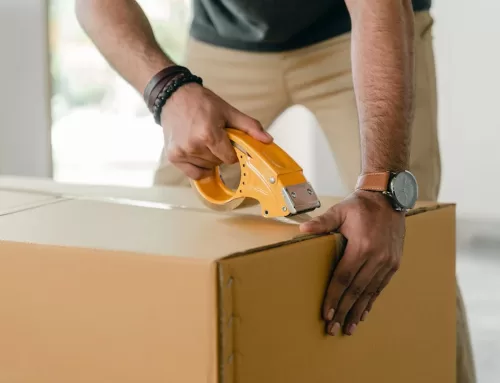
Preventing Bedbug Infestations during the Moving Process
Congratulations on your international moving plans to the U.S. or Canada! It will be an exciting time, full of new opportunities. Here’s something you shouldn’t do: bring unwanted guests with you. Bedbugs are pests that have been cropping up around the world thanks to the increased ease of travel. Read on to learn more about how to prevent an infestation in your new home.
Bedbugs and Infestations
Bedbugs are small, round insects that feed off of humans while they sleep. How do they get into human beds? Bedbugs hide in dark places such as bedding, mattresses and box springs. Their bites leave red, itchy welts.
It’s important to remember that bedbugs aren’t discriminatory. They can infest clean homes just as easily as dirty ones. And according to a survey from the U.S.-based National Pest Management Association, bedbugs are the most difficult pest to treat. It’s better to prevent an infestation than to attempt to get rid of one.
Preventing an Infestation
There are a number of steps you can take to prevent an infestation before you even start packing.
First of all, don’t bring used furniture in off of the street. Bedbugs can hide inside of these items. Secondly, check the furniture you do have for infestations. How do you do that? Get a magnifying glass and flashlight – bedbugs are very small and hard to see. You’re going to be looking for blood stains from where you’ve been bitten. You might also find eggs or droppings. The furthest bedbugs can travel is about three to six meters from where you sleep or sit, so use that radius as a guide for inspection.
During the inspection process, you’ll need to check your bed carefully. That means looking at the seams and inside any rips or tears on the mattress and box spring. Don’t forget about the bed frame, underneath the bed, and the headboard.
Bedbugs don’t confine themselves to the bed, though. You’ll also need to carefully look at floorboards, baseboards, windows and doorframes. The City of New York advises removing drawers from furniture and checking every part of the item, even in the screw holes. Don’t forget about upholstered furniture, wall hangings, and even electrical outlets.
Another part of preventing a bedbug infestation is removing things in which bedbugs can live. That means getting rid of clutter. Before you begin packing, you’ll want to sort through your belongings anyway to determine what you’re taking with you.
After you’ve sorted what you’re going to take with you, wash your laundry in hot (60 degrees Celsius) water and dry them on the highest setting for at least 20 minutes. Once it’s dry, store your laundry in plastic bags that can be sealed tightly. If you’ve got clothes that can’t be washed in a machine, dry clean them or steam clean them.
Clean any rugs or upholstered furniture with a vacuum before you ship them. You’ll also need to vacuum the crevices and cracks near the furniture or rugs that you’re planning on shipping. If you’re shipping any plastic or metal furniture, wash it with hot, soapy water and dry it thoroughly.
When packing your belongings, ask the moving company to use new materials to wrap your furniture. A good international mover will have new custom materials to protect your belongings properly. If you absolutely have to use blankets, also known as moving pads, to protect furniture, make sure the blankets have been washed and dried at a high heat. Moreover, don’t use boxes other people have used.
If you do find bedbugs, call a qualified exterminator to treat the infestation. Never attempt to get rid of bedbugs yourself.
Good luck, and may your bedbug-free move to the U.S. or Canada go smoothly!
By Adi Shaked




